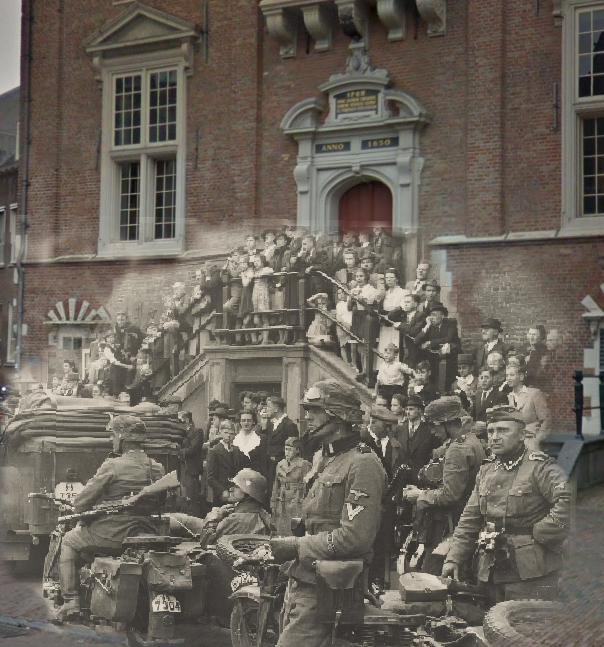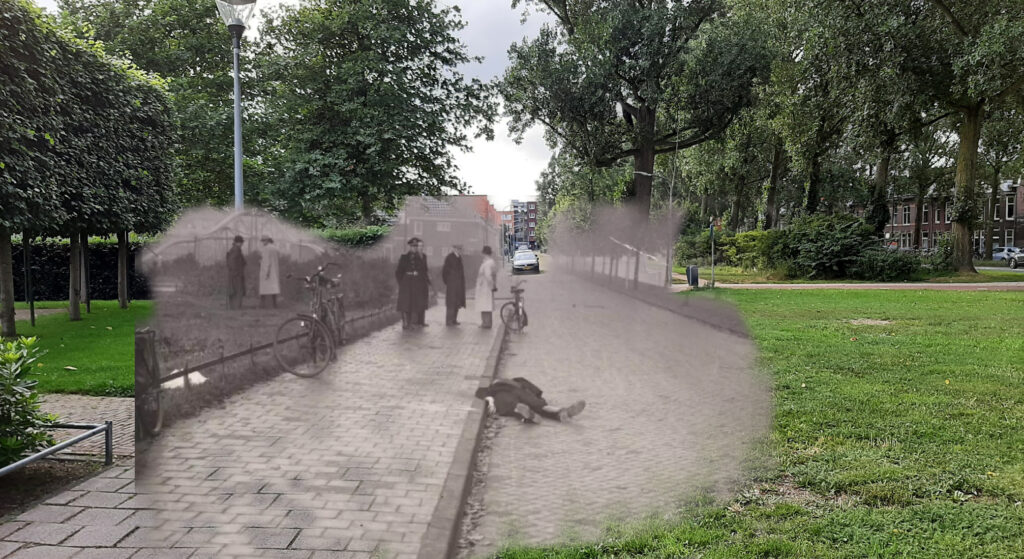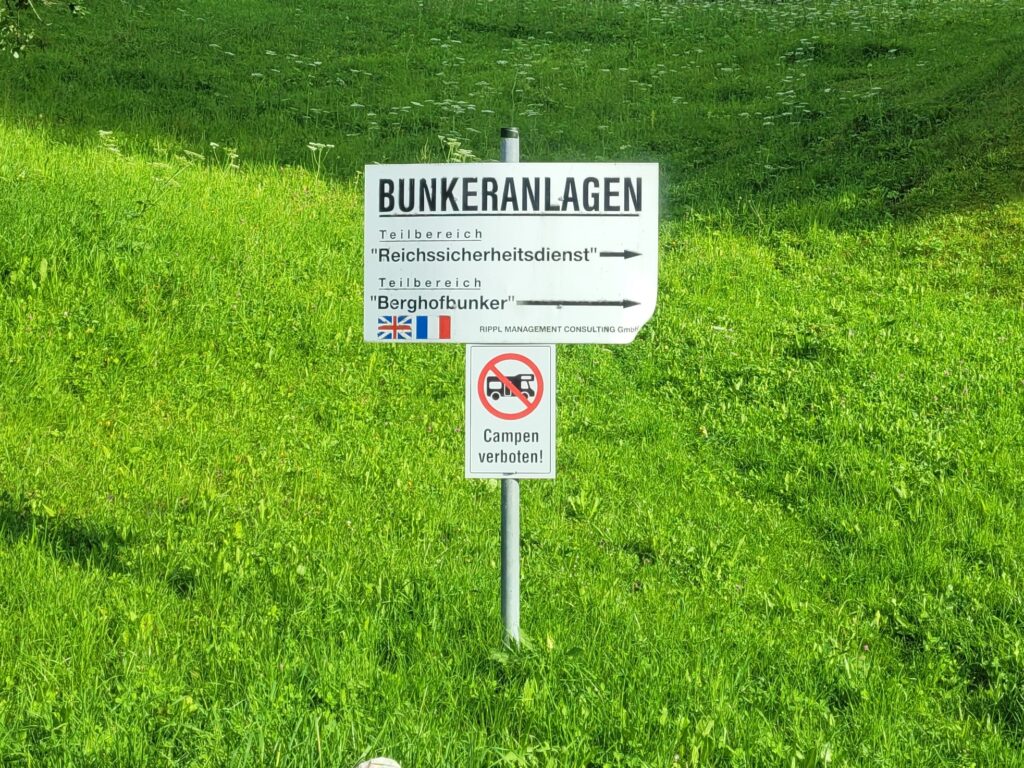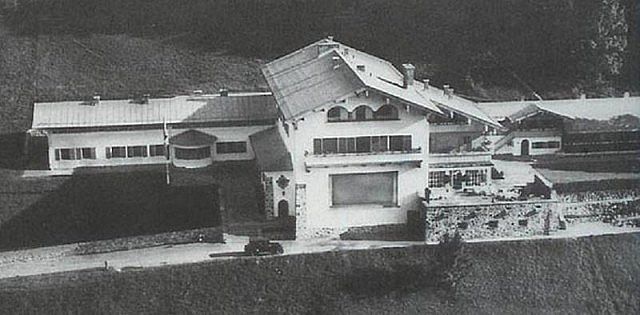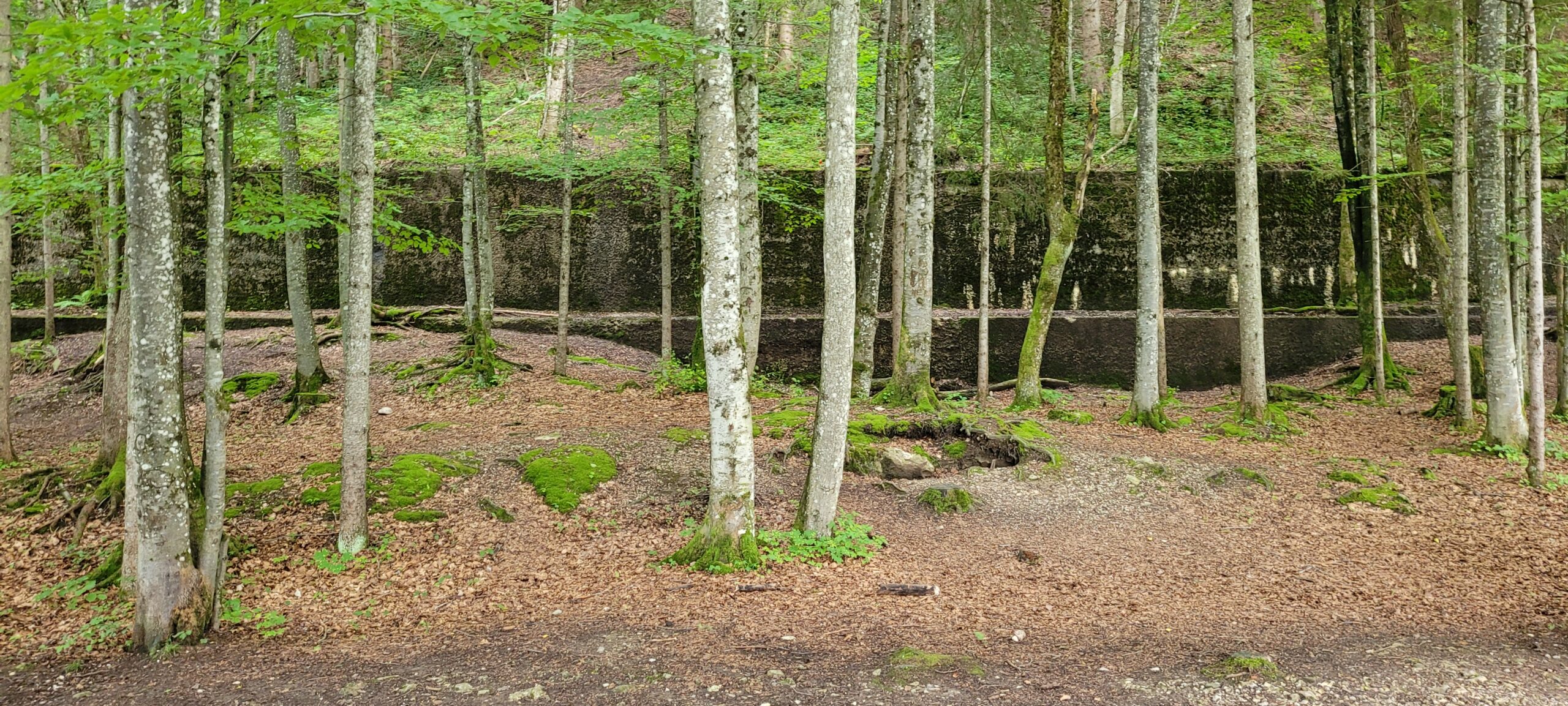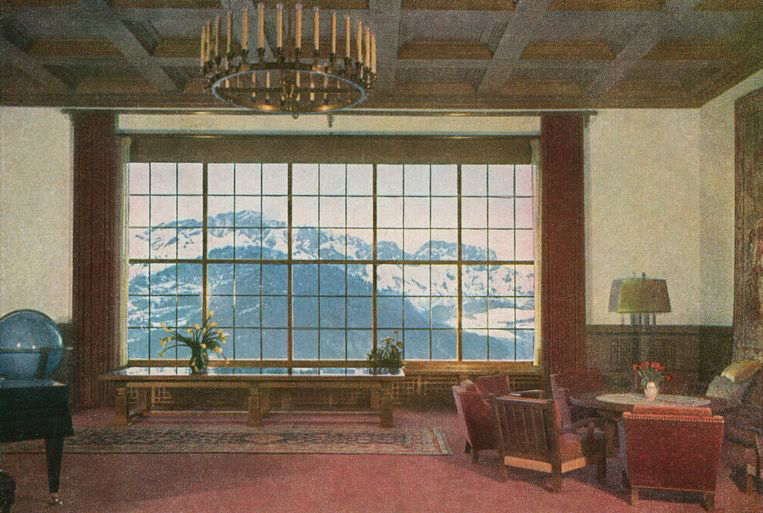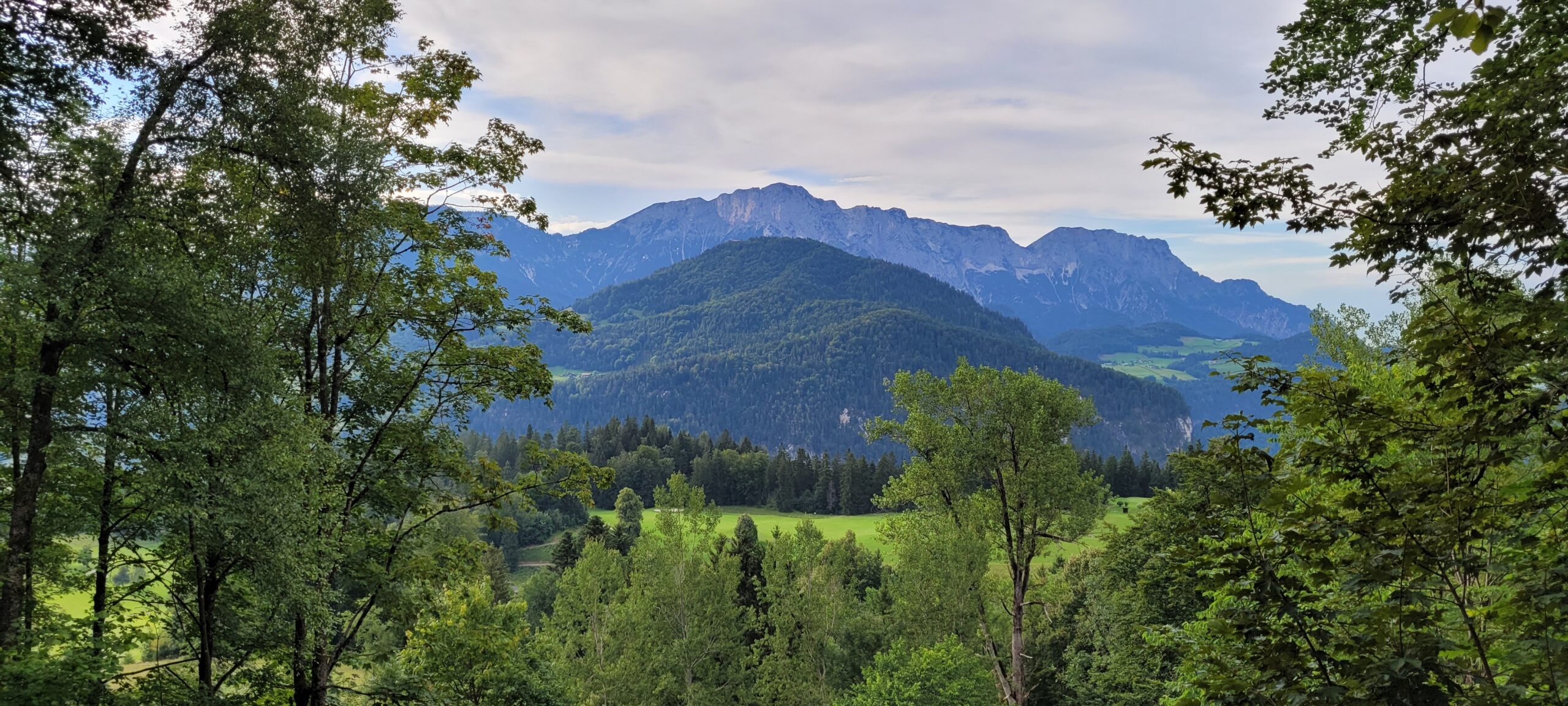Siegfried Line – Vetschau/Aachen
At Vetschau, near Aachen just before the border with Germany, the railway crosses a part of the Westwall, specifically the Siegfried Line. The Siegfried Line was a defence system stretching more than 630 km (390 mi) with more than 18,000 bunkers, tunnels and tank traps. This rail connected Maastricht with Aachen. Because the rail connection to the west was important for the war, special facilities were built here that made it possible to block the route in case of emergency. In this case, iron girders were clamped between concrete blocks to prevent tanks from driving over them.
Passenger trains were shut down between 1940 and 1945 due to the war. Passenger traffic was finally discontinued on May 30, 1992.

